ANIMALS
21 Animals That Are Considered Stone Cold Killers
Published
3 months agoon

Shutterstock
While most animals hunt to survive, some display behaviors that go beyond the basic need for food. These creatures are known to kill for reasons that seem unrelated to hunger, such as dominance, practice, or even what appears to be enjoyment. This phenomenon, often called surplus killing, showcases the complexity of animal instincts and behaviors. From predators in the wild to domestic pets, the motivations behind these actions vary widely. Let’s dive into the fascinating world of 21 animals that kill for reasons other than survival.
Orca (Killer Whale)

Shutterstock
Orcas, or killer whales, are known for their complex hunting techniques and sometimes kill prey without consuming it. They have been observed playing with seals, tossing them into the air, and even hunting for sport. Their intelligence and social structures allow for coordinated attacks, showcasing their dominance in the ocean. Orcas often appear to kill for enjoyment rather than just survival.
Domestic Cat

Shutterstock
Domestic cats are notorious for hunting and killing small animals, often leaving their prey uneaten. This behavior is believed to stem from their instinct to hone hunting skills, even when they are well-fed. Cats often play with their prey before killing it, making their hunting seem more like sport than necessity. Despite their small size, they are highly effective predators.
Dolphin

Shutterstock
Dolphins are highly intelligent and social animals, but they are also known to kill for reasons unrelated to survival. They have been observed attacking porpoises and other marine animals in what appears to be play or aggression. Dolphins may use their powerful tails to stun or kill smaller creatures, seemingly for enjoyment. This complex behavior highlights the duality of their playful and predatory nature.
Spotted Hyena

Shutterstock
Spotted hyenas are highly opportunistic predators and scavengers that sometimes kill for reasons beyond food. They have been observed attacking animals such as zebras and wildebeests in what appear to be acts of dominance or territoriality. Their social structure often leads to mob-like behaviors, where they kill more than they can consume. This behavior makes them one of the more ruthless predators in the animal kingdom.
Chimpanzee
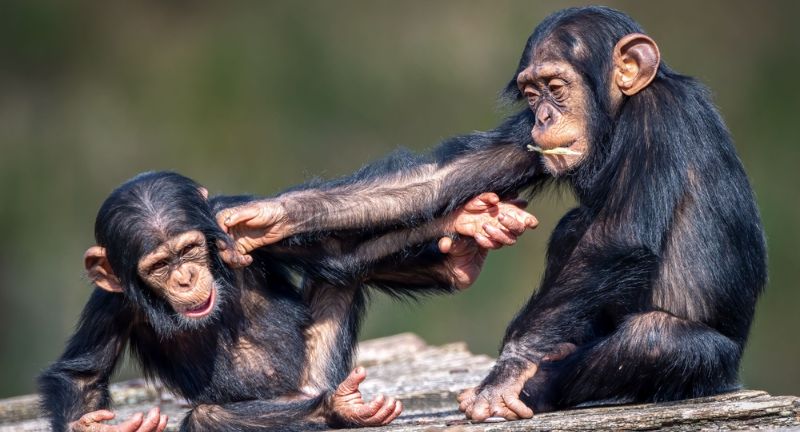
Shutterstock
Chimpanzees, one of the closest relatives to humans, exhibit violent behaviors that include killing for reasons beyond survival. They have been documented forming groups to hunt smaller monkeys and other animals, sometimes killing without eating. In territorial disputes, chimpanzees may kill members of rival groups to assert dominance. This aggression highlights their complex social dynamics and primal instincts.
Leopard

Shutterstock
Leopards are solitary and stealthy predators that occasionally kill more than they need for food. They are known to hunt livestock or wild animals and leave their kills uneaten, which is often attributed to territorial dominance or instinct. Leopards sometimes stash multiple kills in trees for later consumption, but many go untouched. This surplus killing behavior showcases their efficiency as hunters.
Red Fox
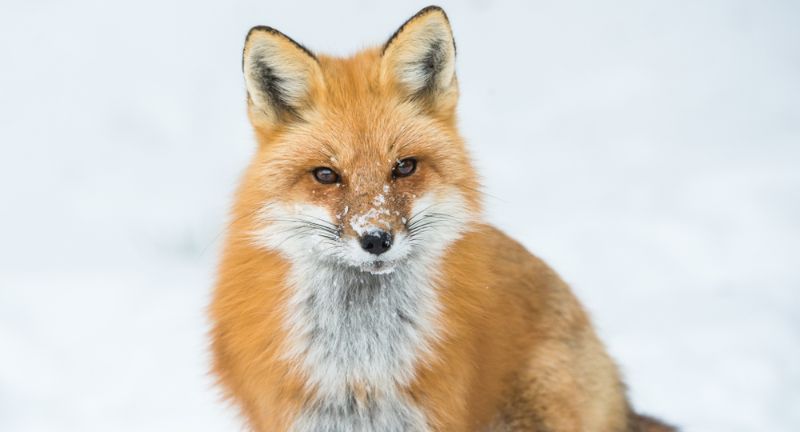
Shutterstock
Red foxes are opportunistic hunters that sometimes engage in surplus killing, particularly in henhouses or among rodents. They may kill far more prey than they can eat or store, often leaving a trail of destruction behind. This behavior is thought to be triggered by an abundance of prey and their instinct to hunt. It highlights the fox’s adaptability and resourcefulness as a predator.
Weasel

Shutterstock
Weasels are small but fierce predators known for their surplus killing behavior. They are capable of killing multiple animals in one attack, often far exceeding what they can consume. This behavior may be driven by an instinct to store food for later, even if the excess prey is left uneaten. Despite their size, weasels are among the most relentless hunters in the animal kingdom.
Wolf

Shutterstock
Wolves are pack hunters known for their strategic and cooperative hunting methods. Occasionally, wolves engage in surplus killing, particularly during harsh winters when prey is abundant but difficult to preserve. They may kill more animals than they can consume, leaving carcasses behind. This behavior, while rare, showcases their instinctive hunting prowess and territorial dominance.
Brown Bear

Shutterstock
Brown bears, typically solitary hunters, occasionally kill for reasons unrelated to hunger. They have been observed attacking livestock or smaller animals without consuming their prey. This behavior is often attributed to territorial disputes or instinctual aggression. Despite their generally opportunistic feeding habits, brown bears are capable of lethal and seemingly unnecessary violence.
Honey Badger

Shutterstock
Honey badgers are notoriously fearless and aggressive, often killing animals far larger than themselves. While they primarily hunt for food, they have been known to kill seemingly for sport or defense. Their fierce nature and tenacity make them formidable predators. Even in the absence of immediate threats, honey badgers often engage in violent behavior.
Great White Shark

Shutterstock
Great white sharks are apex predators that occasionally kill for reasons beyond hunger. They have been observed attacking seals, dolphins, and other sharks without consuming them. This behavior may stem from territoriality or an innate hunting instinct. Great whites’ powerful attacks and predatory nature make them one of the most feared hunters in the ocean.
Lycaon (African Wild Dog)
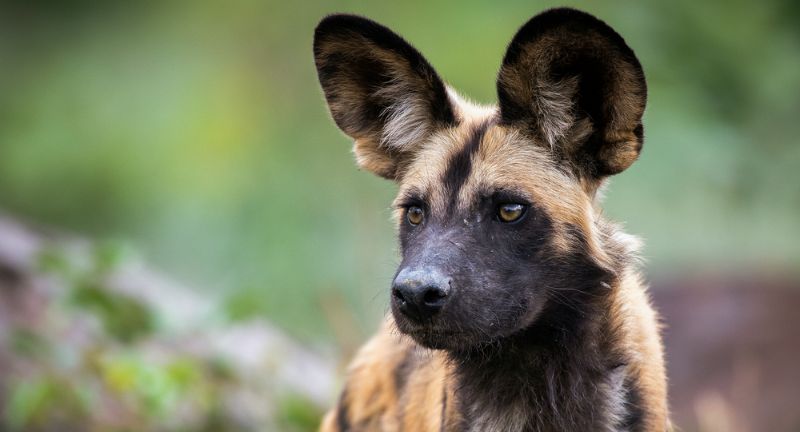
Shutterstock
African wild dogs, also known as Lycaons, are highly efficient pack hunters that sometimes kill more prey than they can consume. This surplus killing is often attributed to their instinct to hunt as a group and their highly successful hunting techniques. Their pack dynamics drive them to chase and take down multiple animals in one hunt. This behavior, while rare, showcases their natural prowess and teamwork as predators.
Polar Bear

Shutterstock
Polar bears are apex predators in the Arctic and are known to occasionally kill seals and other animals without eating them. Their hunting skills are often honed through practice, and they sometimes attack for reasons unrelated to hunger. This behavior could be linked to territorial disputes or instinctual aggression. As one of the most powerful predators, polar bears dominate their icy habitat.
Cougar

Shutterstock
Cougars, or mountain lions, are solitary predators that occasionally engage in surplus killing. They have been observed killing livestock or deer without consuming their entire catch. This behavior might be linked to territorial instincts or the drive to secure food for later consumption. Cougars’ stealth and power make them highly effective hunters, even when their kills go uneaten.
Snow Leopard

Shutterstock
Snow leopards, native to high-altitude regions, are stealthy and opportunistic predators. While they primarily hunt to survive, they sometimes kill more than they can consume, especially in areas with abundant prey. This behavior may be tied to territoriality or ensuring future food availability. Their elusive nature and hunting efficiency make them one of the most mysterious predators in the animal kingdom.
Cheetah

Shutterstock
Cheetahs are built for speed and precision hunting but occasionally kill more prey than they need. They are known to hunt multiple smaller animals in a short time, possibly as a way to assert dominance or practice hunting skills. This surplus killing behavior highlights their adaptability and natural instincts. Despite being vulnerable to scavengers, cheetahs remain highly skilled predators.
Stoat
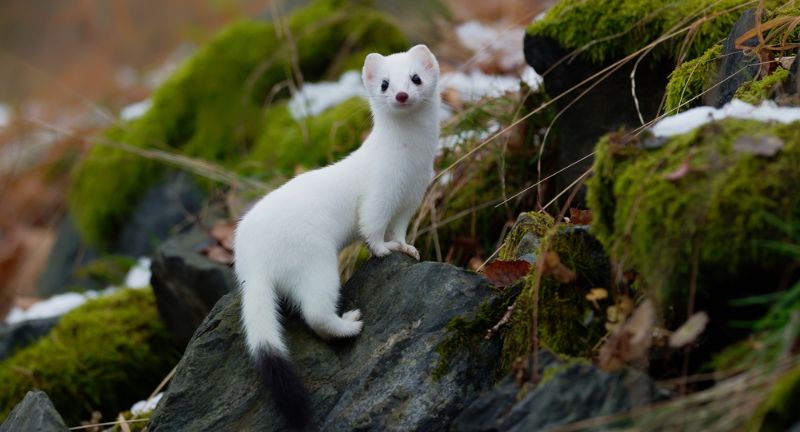
Shutterstock
Stoats, like their weasel relatives, are relentless predators known for surplus killing. They often attack and kill far more prey than they can consume, particularly in environments with an abundance of small mammals. This behavior may be driven by their instinct to stockpile food for times of scarcity. Despite their small size, stoats are highly aggressive and efficient hunters.
Jackal

Shutterstock
Jackals are opportunistic hunters that occasionally engage in surplus killing, particularly when prey is abundant. They often hunt in pairs or small groups, which increases their success rate. This behavior may stem from their instinct to secure resources for future consumption or simply territorial aggression. Jackals’ adaptability makes them successful predators in diverse habitats.
Magpie

Shutterstock
Magpies are intelligent birds that have been observed killing smaller birds or animals without apparent intent to consume them. This behavior may stem from their territorial instincts or natural curiosity. Magpies are known to be highly playful, and some of their actions may be misinterpreted as killing for enjoyment. Their complex social behaviors add to their reputation as one of the more cunning avian species.
Raccoon

Shutterstock
Raccoons are opportunistic omnivores that occasionally kill smaller animals seemingly for reasons other than hunger. Known for their cleverness and dexterity, they have been seen attacking birds, small mammals, or even domestic poultry in surplus. This behavior might be linked to their instinct to eliminate potential threats or competitors. Despite their mischievous reputation, raccoons are highly adaptive and intelligent predators.
Yellowtail Snapper

Shutterstock
Yellowtail snappers, a species of reef fish, have been observed engaging in aggressive behaviors that result in the killing of smaller fish. These actions are often territorial and may also be a display of dominance. While they do feed on small marine organisms, their occasional attacks appear unrelated to hunger. This behavior highlights their role as both predators and protectors of their territory within complex reef ecosystems.
Conclusion

Shutterstock
The phenomenon of animals killing for reasons beyond survival reveals the complexity and diversity of behaviors in the animal kingdom. Whether it’s for dominance, practice, or instinctual response, these actions remind us of the intricate balance of nature. Understanding these behaviors helps us appreciate the multifaceted instincts that drive predators. While they may seem brutal, they serve purposes tied to survival, territory, and evolution. These fascinating behaviors offer a deeper glimpse into the raw and untamed dynamics of life in the wild.
More Amazing Animals+
-


Why Giraffes Are Actually So Scary
-


The Truth About Storks and Baby Deliveries
-


27 Reasons Chimpanzees Are More Human Than You Think
-


Why Lionesses Are the True Rulers of the Animal Kingdom
-


26 Animals That Have The Cutest Babies
-
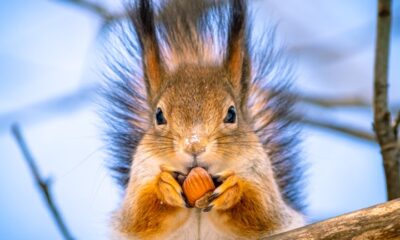

We Promise This Animal Is Not As Annoying As You…
-


25 Reasons Why Huskies Make The Best Pets
-


The most beautiful thing you will watch today. Great #Hornbill…
-


Bunny Bonanza: 25 Astonishing Facts About Rabbits
-


Cranes Are More Interesting Then You May Think, Here Is…
-
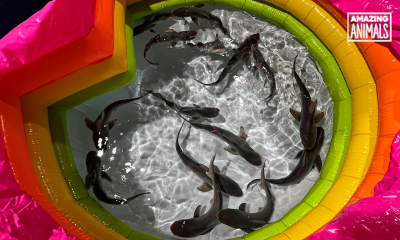

Baby shark, baby shark, 15 baby sharks: zoo welcomes massive…
-


20 Rabbit Breeds That Are Just As Unique As They…
